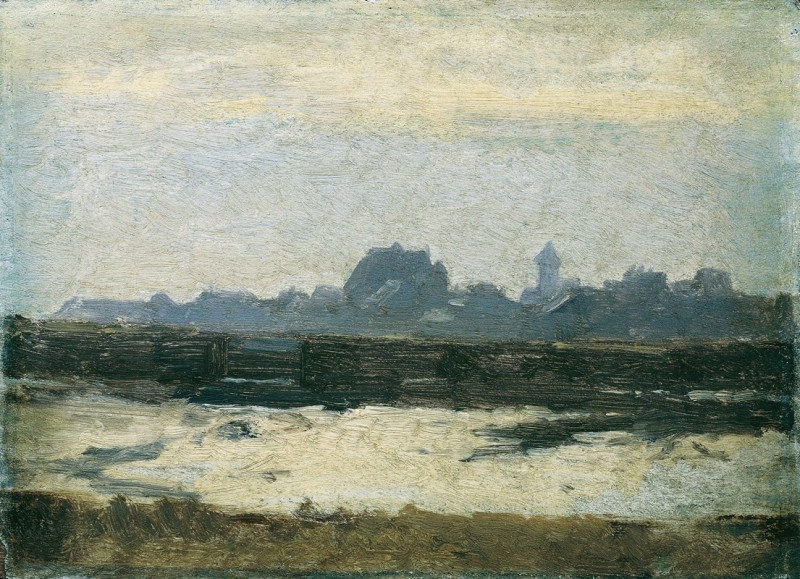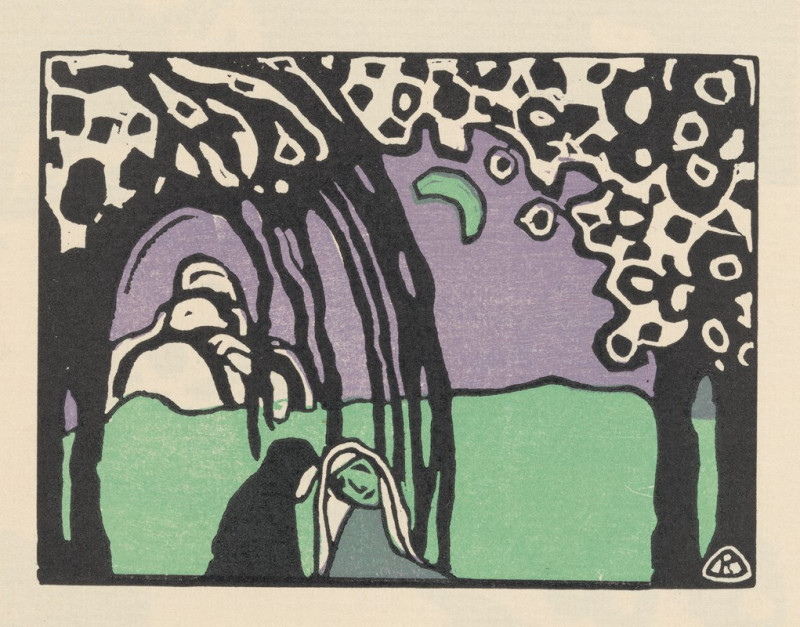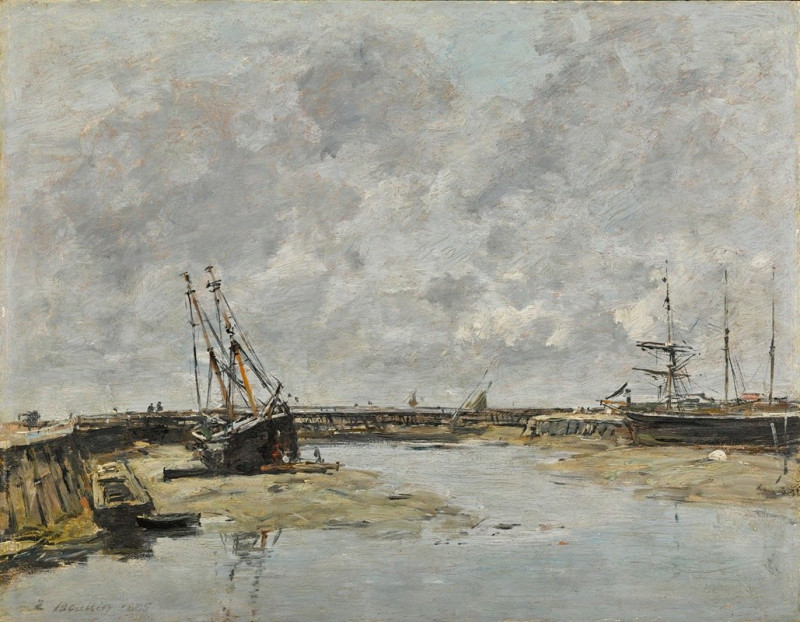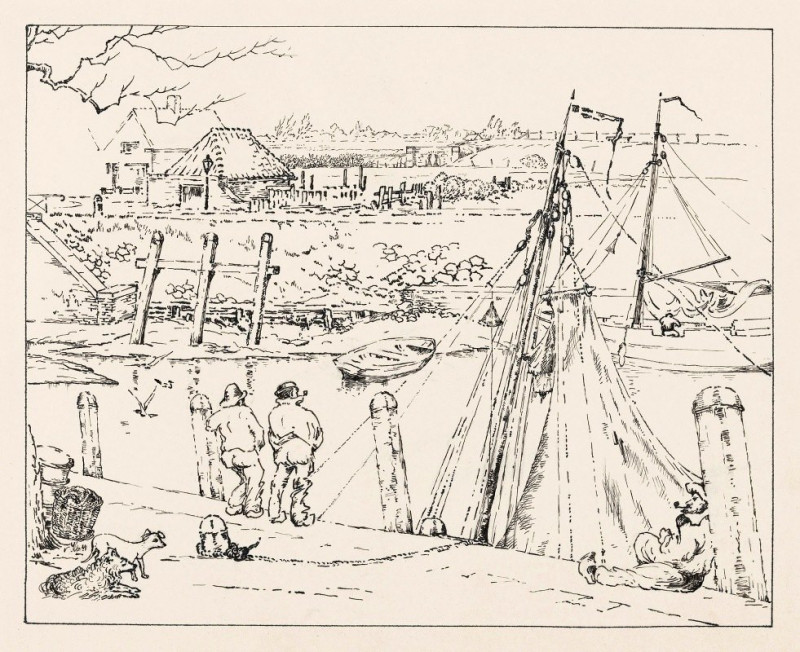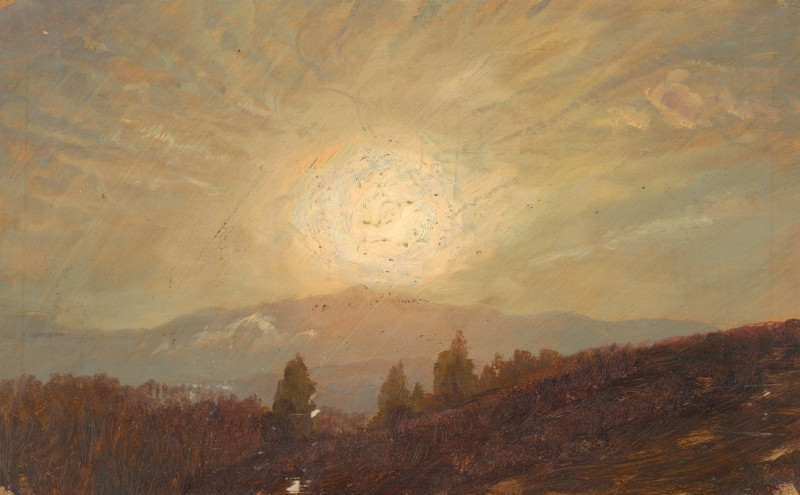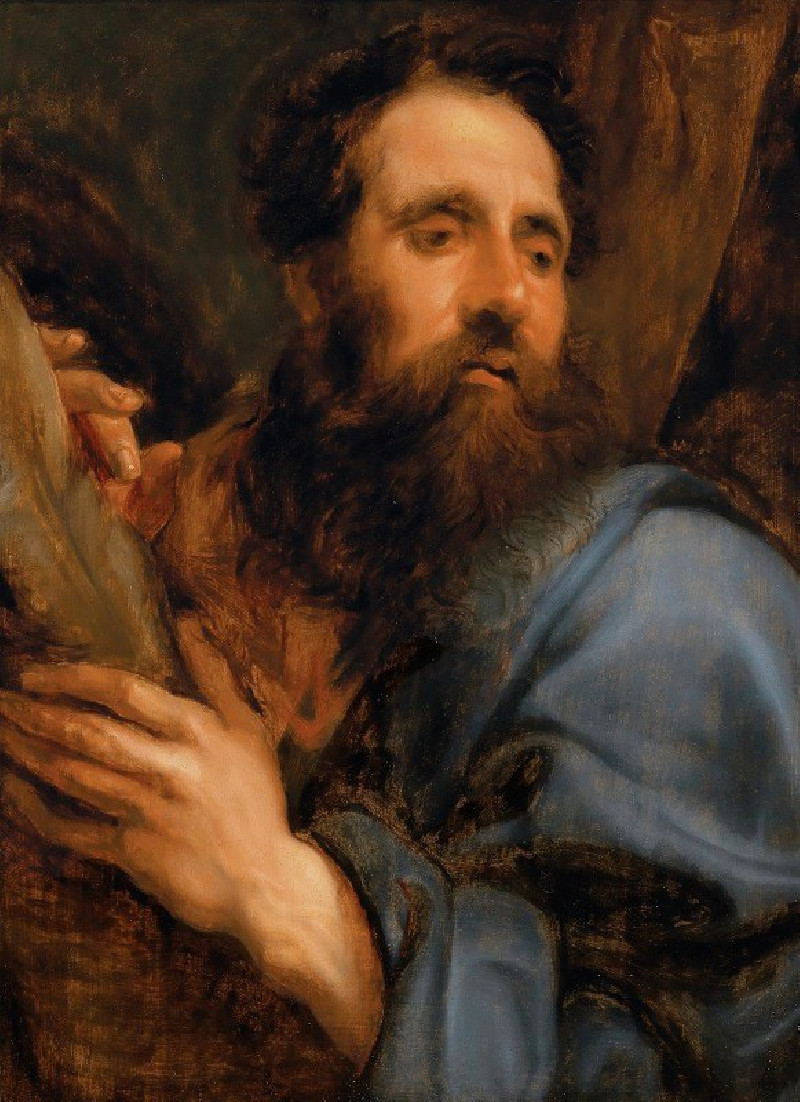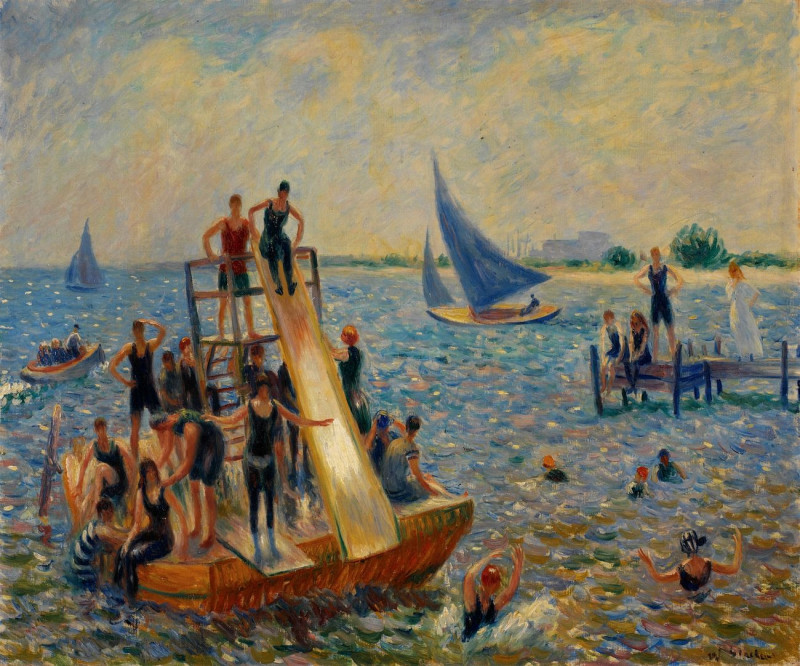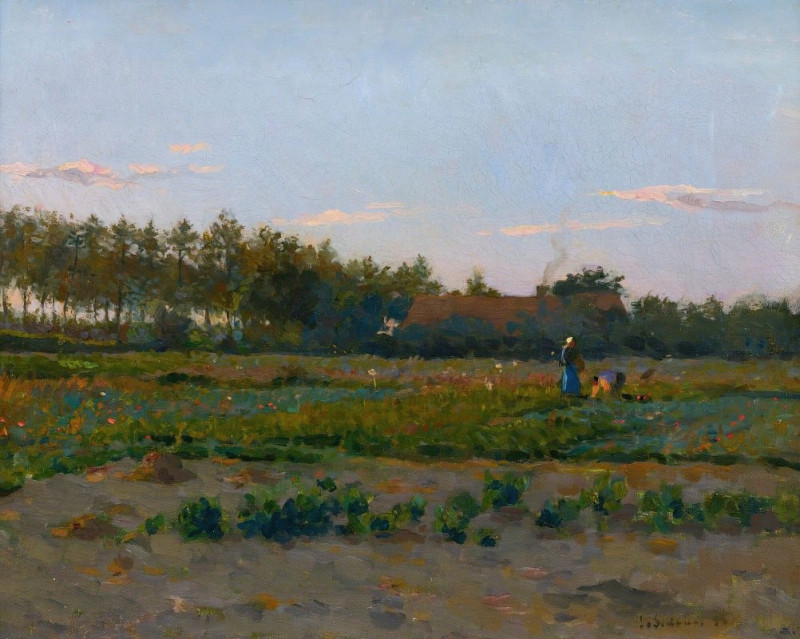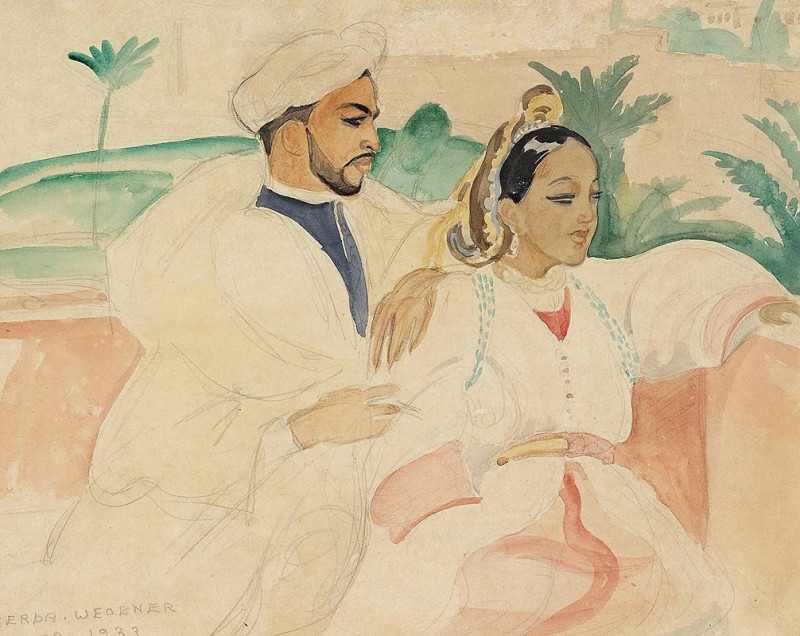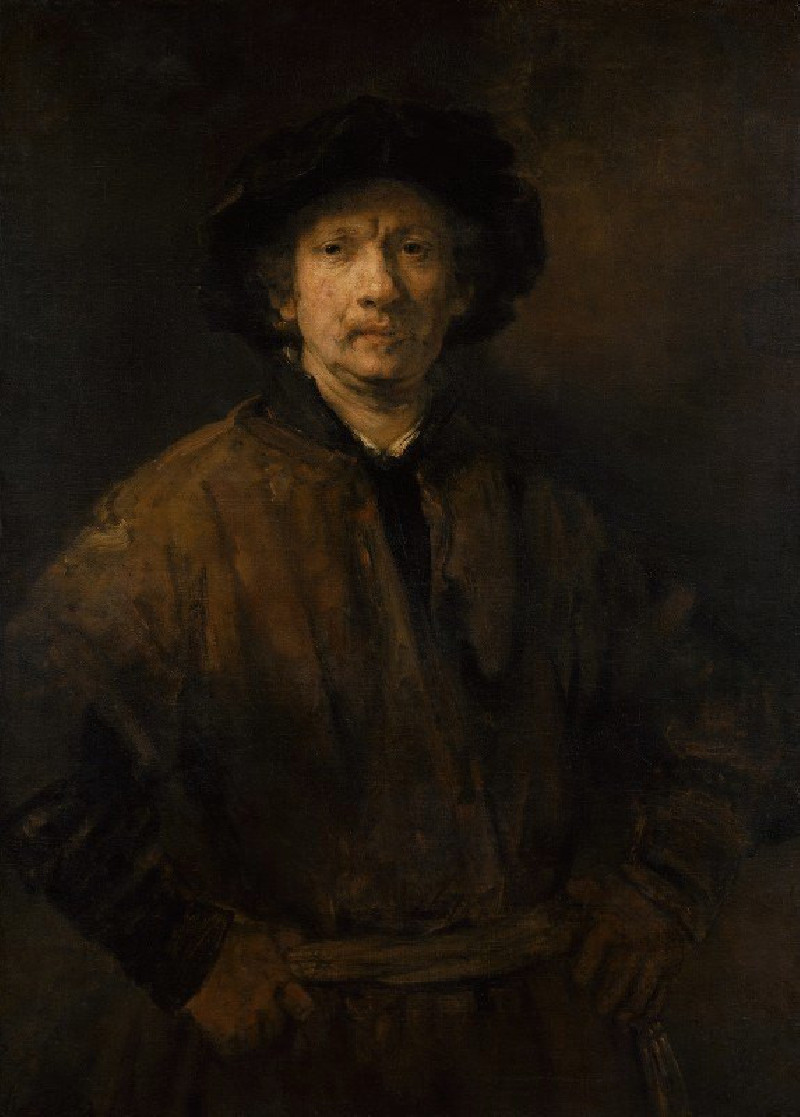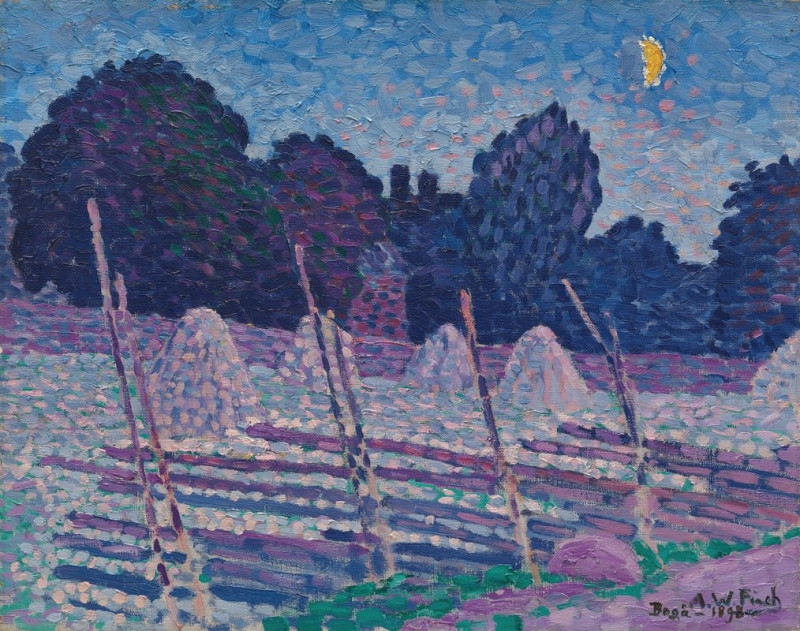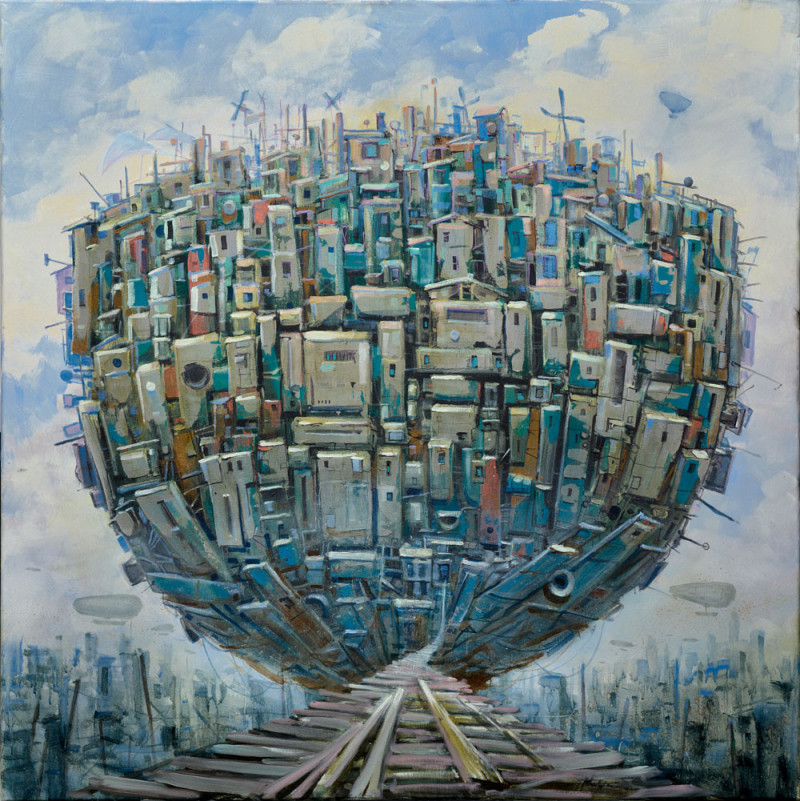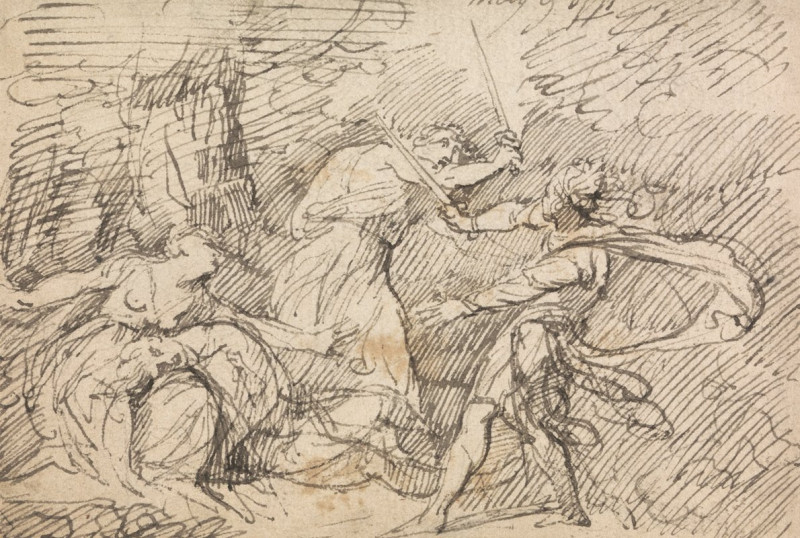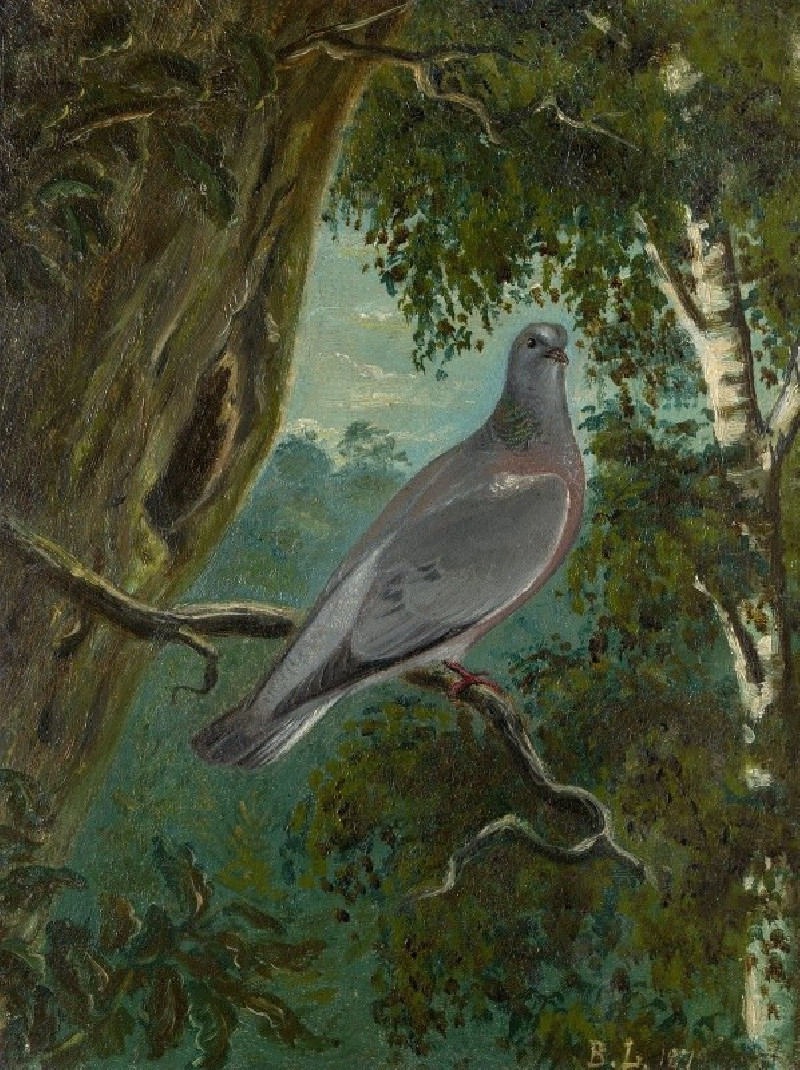Peasant Girl with a Straw Hat (1881)
Technique: Giclée quality print
Recommended by our customers
More about this artwork
Dive into the serene world of Camille Pissarro's masterpiece, "Peasant Girl with a Straw Hat," painted in 1881. This enchanting painting captures the essence of rustic tranquility through the depiction of a young peasant girl seated in a lush, verdant landscape. Pissarro, a key figure in the Impressionist movement, employs loose brushstrokes and vibrant light to deliver a sense of immediacy and fleeting beauty.The girl, adorned in a simple blue striped dress with a neutral apron, becomes one with the natural setting. Her straw hat, detailed with a delicate red ribbon, not only serves as a practical garment but also adds a touch of gentle grace to her ensemble. The background, a rich tapestry of greens and hints of wildflowers, sets a scene that is both peaceful and alive with the colors of nature.Pissarro’s focus on everyday agricultural life, as shown through this thoughtful portrait, emphasizes his commitment to themes of labor and nature, capturing moments often overlooked. This painting not only highlights the girl's youth and contemplative gaze but also subtly communicates the enduring spirit and dignity of rural life."Peasant Girl with a Straw Hat" invites viewers to appreciate the harmony between humans and their environment, a testament to Pissarro’s mastery in portraying the simplicity and beauty of the ordinary.
Delivery
Returns
Blessed are they who see beautiful things in humble places where other people see nothing. — Camille Pissarro
Camille Pissarro (1830-1903) was born on St.Thomas (now the US Virgin Islands) to a Portuguese father and a Dominican mother. He went to Paris to study art at Ecole des Beaux-Arts. He was an early pioneer of pointillism and neo-impressionism and later became a mentor of many famous impressionist painters including Cezanne, Manet, Renoir, and Gauguin. His paintings depicted rural and urban French landscapes and lifestyle. Many of his works politically captured images of peasants and laborers. Today, he is considered the father of impressionism.
































